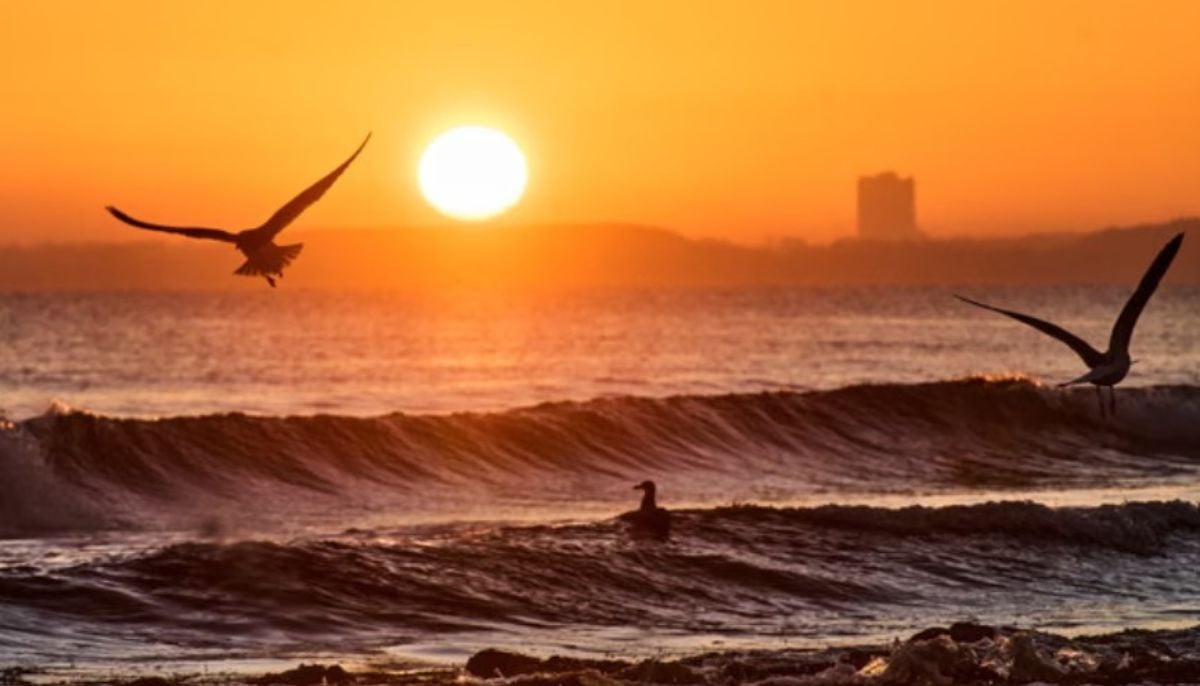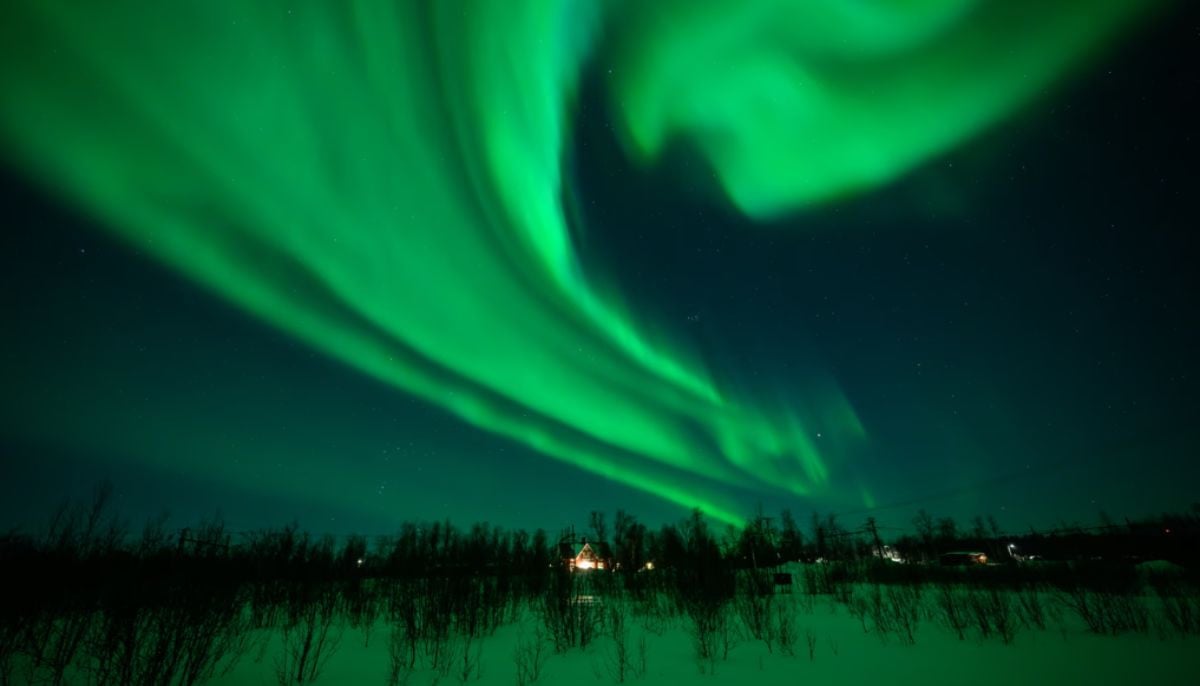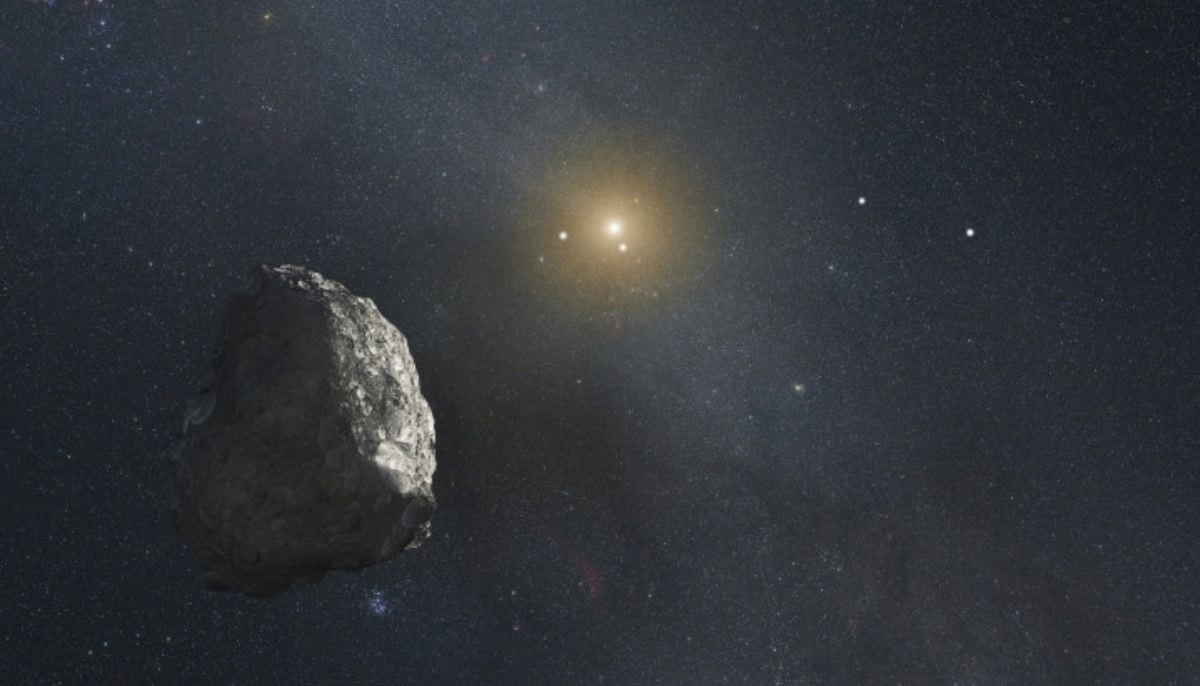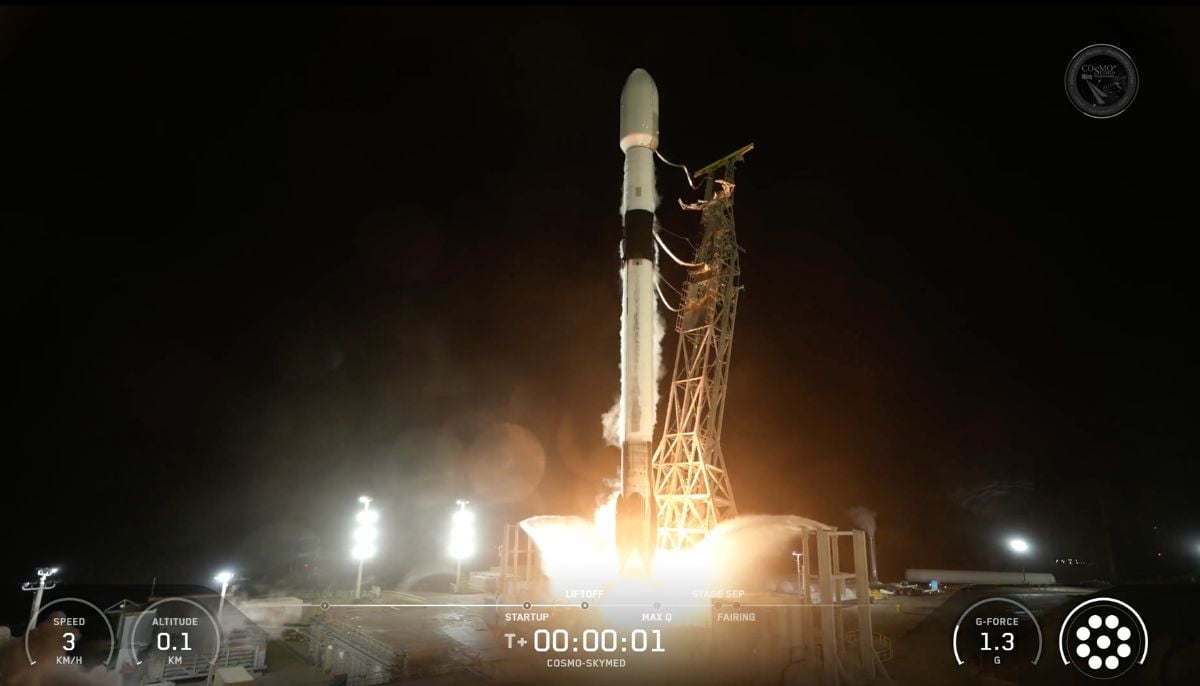When, where and how to watch Leonid meteor shower?
Leonids have been regarded as some of fastest meteors, zipping through sky at 71km
The earthlings are yet again going to experience the breathtaking celestial event known as Leonid meteor shower which will be active from November 3 to December 2 this year and peak overnight from November 16 to 17.
When Earth travels through the debris left behind by comet 55P/Tempel-Tuttle the Leonids are produced. It happens during its highly elliptical orbit around the Sun every 33 years, reported Space.
It is worth noting that the Leonids are regarded as some of the fastest meteors, zipping through the sky at 44 miles (71 kilometres) per second, as per Nasa.
Moreover, they can also result in impressive fireballs producing long, bright and colourful meteor streaks.
On the date of Leonid's peak, the Moon will be almost fully illuminated. As a result, it will interfere with viewing opportunities and wash out fainter meteors.
If one wants to have the best experience of seeing the Leonids, they should go to the darkest possible location, lean back and relax.
Additionally, telescopes or binoculars are not needed as the secret to a good meteor viewing experience. However, it should be made sure that viewers allow their eyes about 30 minutes to adjust to the dark.
According to the Royal Museums Greenwich, the best time to look for the Leonids is between midnight and dawn local time.
-
3I/ATLAS flyby: Why is Jupiter’s 96th Moon drawing intense scientific interest?
-
NASA spacewalk 2026: Medical issue prompts rare talk of early ISS crew return
-
Comet 3I/ATLAS: Scientists examining images they cannot easily explain
-
Wolf Moon 2026: Will the full moon outshine the Quadrantid meteor shower?
-
SpaceX mission 2026: The Italian radar satellite takes its first orbital flight
-
Solar Eclipse 2026: When and where Europe will see total eclipse
-
Nature's secret weapon: What are the tiny crabs eating our plastic waste?
-
Why January’s Wolf Supermoon will appear brighter than usual in 2026












